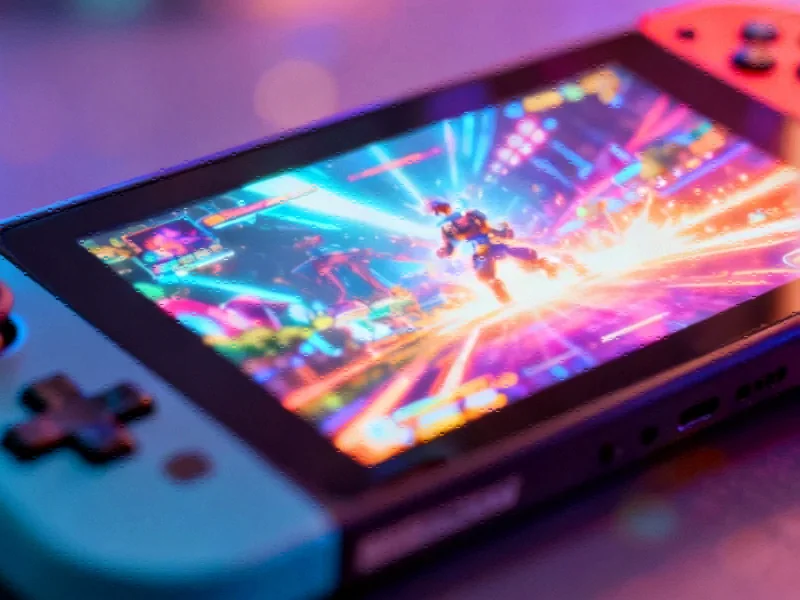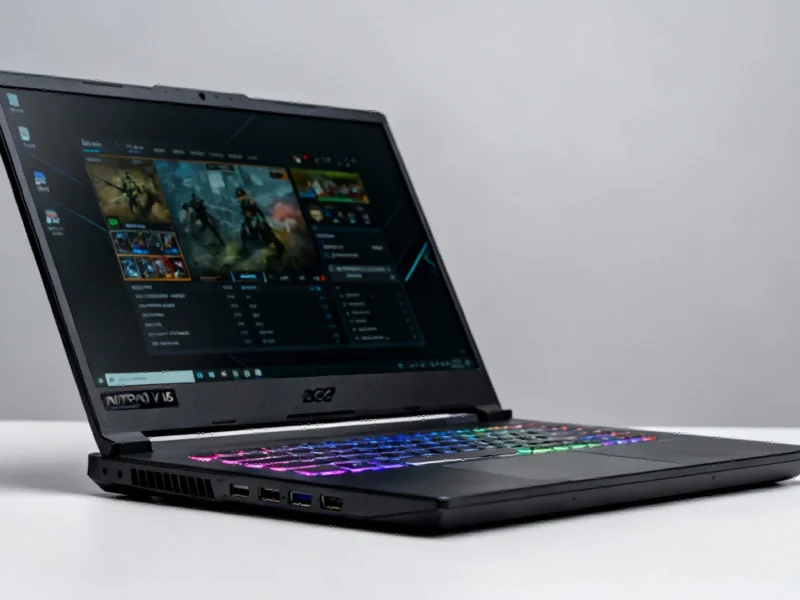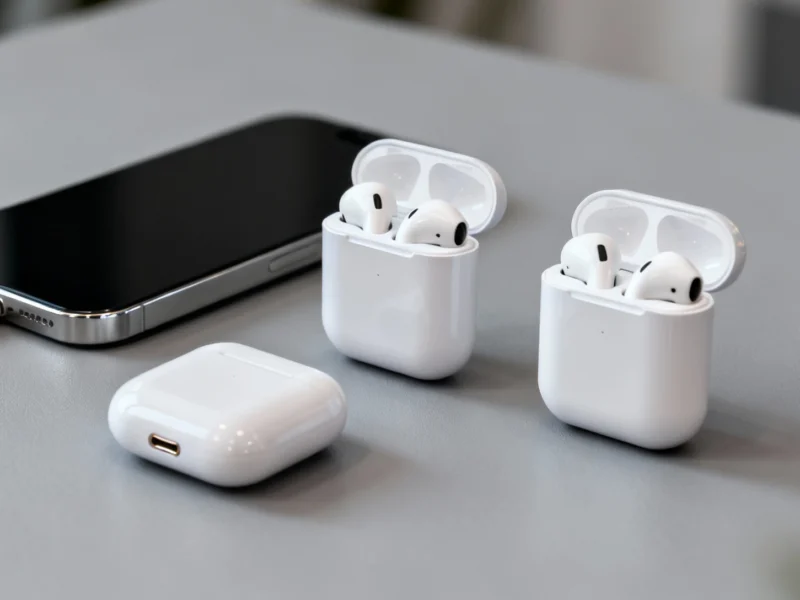Xbox’s Portable Gaming Vision Takes Flight Worldwide
The gaming landscape is shifting as Microsoft’s Xbox Ally handheld gaming PC launches across 45 countries, marking Xbox’s most significant entry into portable gaming to date. Developed through a strategic partnership between Xbox and ASUS, and powered by AMD’s Z-series processors, this device represents Microsoft’s vision for gaming beyond the traditional console.
While the hardware has drawn praise from early reviewers, the software experience has faced criticism for feeling unfinished. Microsoft appears fully aware of these shortcomings and has already charted an ambitious software roadmap to transform the Ally from a promising concept into a polished product. This commitment to continuous improvement through updates demonstrates Xbox’s long-term dedication to the handheld market.
Two Models, One Vision: Understanding the Xbox Ally Family
The Xbox Ally arrives in two distinct configurations designed to cater to different segments of the portable gaming market. The standard Xbox Ally features AMD’s Z2 A chip, offering solid performance that slightly edges out competitors like the Steam Deck. For power users, the Xbox Ally X steps up with the Z2 Extreme processor, delivering enhanced capabilities for more demanding titles.
Both models feature ergonomic designs inspired by the familiar Xbox controller, ensuring comfort during extended gaming sessions. What truly sets them apart is the deep integration between Xbox and Windows, which includes a custom Full Screen Experience (FSE) that boots directly into the Xbox app, creating a console-like interface that minimizes Windows’ traditional desktop complexities.
Beyond Hardware: The Software Experience That Needs Refinement
Early adopters have discovered that while the Ally’s hardware impresses, the software experience requires significant polish. The much-touted Full Screen Experience has been described by some reviewers as feeling like a beta product, with inconsistencies and limitations that detract from the overall experience. The initial setup process is reportedly cluttered with unnecessary applications and slowed by multiple updates to both the Xbox app and ASUS’s Armoury Crate software.
These software limitations highlight the challenge of balancing PC flexibility with console simplicity. As Microsoft charts ambitious software roadmap for new hardware, the company faces the difficult task of creating a seamless experience while maintaining Windows compatibility.
The Roadmap: What’s Coming to Xbox Ally
Microsoft’s published roadmap outlines several key improvements coming to the Xbox Ally in the coming months:
- Default Game Profiles: Automatic per-game settings optimization to balance performance and battery life
- Enhanced Docking Experience: Improved functionality when connected to external displays
- Automatic Super Resolution (Auto SR): AI-powered upscaling to enhance visual quality
- AI Highlight Reels: Automated capture of significant gameplay moments
These updates will be complemented by general improvements to stability, usability, and performance. The Automatic Super Resolution feature is particularly noteworthy as it represents the first implementation of this technology on a non-Qualcomm device, leveraging the NPU rather than traditional CPU or GPU resources.
Positioning in a Competitive Market
The Xbox Ally enters a rapidly evolving gaming hardware market where portable PC gaming devices are gaining significant traction. As market turbulence intensifies across the technology sector, Microsoft’s commitment to the Ally demonstrates its confidence in the growing portable gaming segment.
The device’s ability to access multiple storefronts—including Steam, Epic Games Store, and Xbox PC games—creates a unique value proposition. Combined with Xbox Cloud Gaming and Remote Play functionality, the Ally offers unprecedented access to gaming content across platforms and play styles.
Legal and Technical Challenges in the Broader Ecosystem
Microsoft’s portable gaming ambitions unfold against a backdrop of industry developments that include both technological innovation and regulatory scrutiny. As constitutional challenges emerge regarding technology regulations in various jurisdictions, companies must navigate an increasingly complex legal landscape while pushing technological boundaries.
The gaming industry continues to witness surprising collaborations and crossovers that expand gaming experiences beyond traditional boundaries. These innovative partnerships reflect the same creative thinking that Microsoft will need to fully realize the Xbox Ally’s potential.
The Future of Xbox’s Portable Ambitions
Microsoft’s roadmap for the Xbox Ally suggests a future where the device evolves beyond its current limitations. The planned software improvements address core complaints while adding features that could genuinely differentiate the Ally from competitors. The integration of AI technologies for both visual enhancement and content creation points toward a more intelligent and automated gaming experience.
As strategic pivots reshape the technology landscape, Microsoft’s approach to the Xbox Ally reflects a broader industry trend toward ecosystem-based strategies where hardware serves as a gateway to services and content. The success of this approach will depend on Microsoft’s ability to deliver on its software promises while continuing to innovate in response to user feedback.
The Xbox Ally represents both an exciting present reality and a promising future vision for portable gaming. While the device currently exists in a transitional state between PC and console experiences, Microsoft’s committed roadmap provides reason for optimism about its evolution into a truly polished product that could redefine portable gaming for Xbox fans worldwide.
This article aggregates information from publicly available sources. All trademarks and copyrights belong to their respective owners.
Note: Featured image is for illustrative purposes only and does not represent any specific product, service, or entity mentioned in this article.



